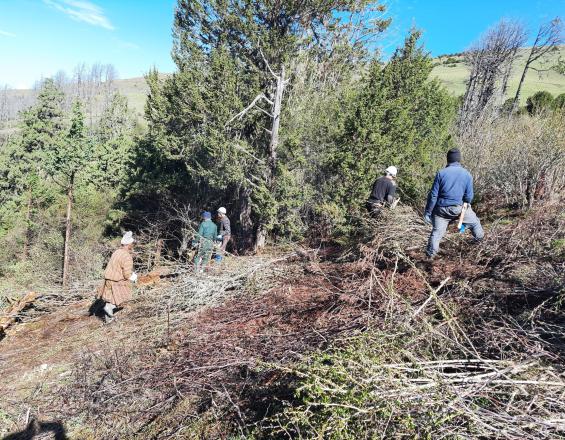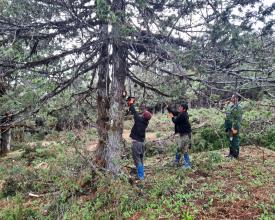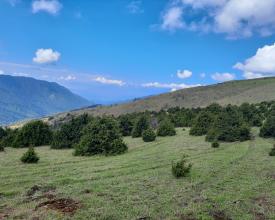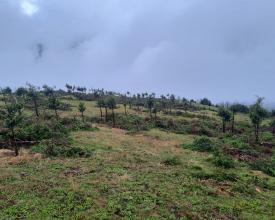
Alpine Habitat Management in Jigme Singye Wangchuck National Park

The Alpine Habitat Management initiative in Jigme Singye Wangchuck National Park, Bhutan, tackles juniper and shrub encroachment that has degraded alpine grasslands vital for wildlife and yak-herding communities. Covering 50 hectares in the Wangjela region (3,300 m asl), the Park applied a participatory restoration approach integrating traditional pastoral knowledge with scientific assessment and adaptive management. Using a “de-branching” technique on juniper trees, combined with the cutting and thinning of juniper bushes and other shrub species. Removing lateral branches of juniper up to 2.5 m above ground while retaining the main stem. The intervention allowed sunlight penetration, encouraging grass regrowth without harming the trees. Yak herders contributed to implementation, monitoring, and feedback. Within six months, palatable grass species increased, improving forage availability. This low-cost, replicable model enhances ecosystem resilience, wildlife habitat, and cultural livelihoods across Bhutan’s alpine landscape
Impacts
- Improved Grassland Quality: Six months after de-branching, the ground cover of palatable species such as Trifolium repens, Cyperus sp., and Digitaria sp. increased significantly, while non-palatable mosses and lichens declined.
- Restored Forage Base for Wildlife and Livestock: Enhanced growth of nutritious grasses benefited both wild ungulates (key tiger prey) and domestic yaks, contributing to reduced competition and improved habitat quality.
- Community Empowerment and Livelihood Support: Yak herders expressed strong support for the intervention and reported optimism about grassland recovery, reducing concerns over declining pasturelands.
- Ecosystem Resilience: By maintaining open alpine meadows, the intervention contributes to climate adaptation and water source protection in high-altitude ecosystems.
- Cultural and Biodiversity Conservation Synergy: The initiative revitalised traditional yak herding while strengthening tiger conservation through prey-based improvement, aligning ecological and cultural goals.




